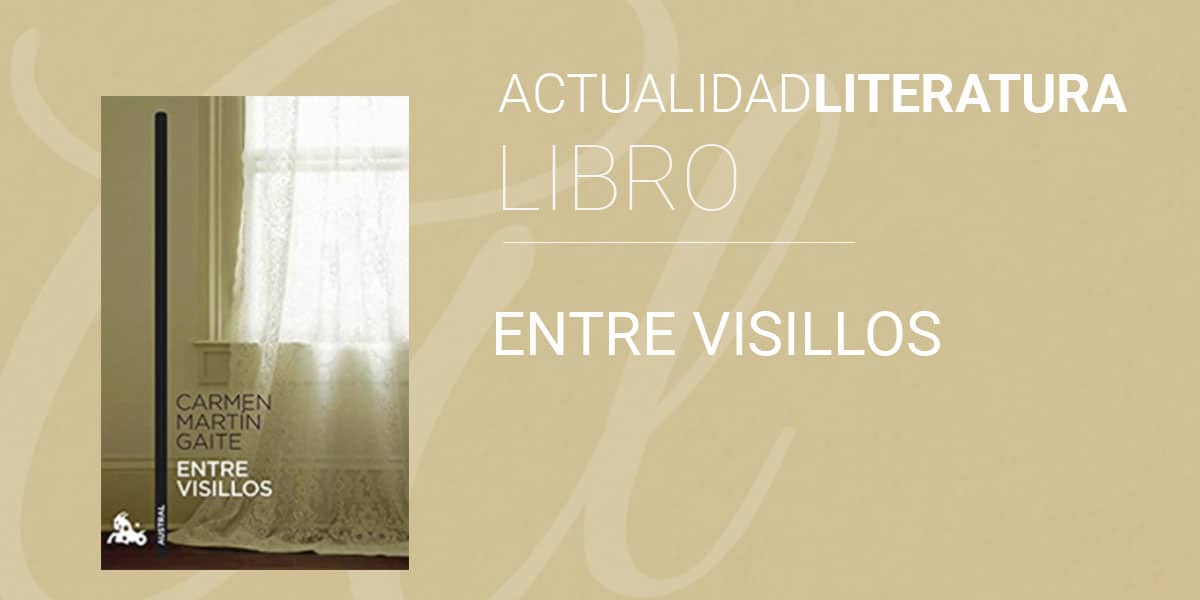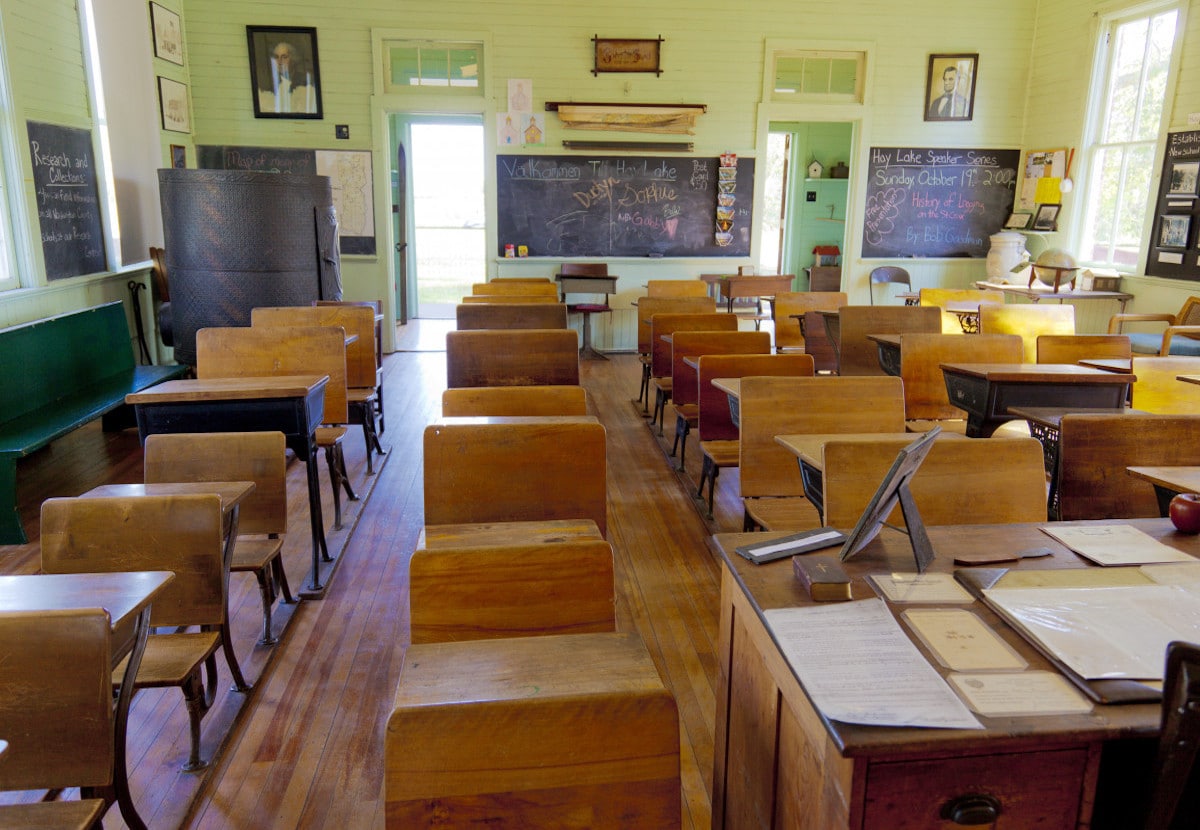
Between curtains, by Carmen Martín Gaite, is a novel from the year 1958. It was posted by Destination Editorial and portrays life in the provinces of a disillusioned Spain during the postwar period. It is recognized with the prestigious Nadal prize and it is without a doubt one of the best novels in Spanish of the XNUMXth century.
It is a classic essential reading, highly recommended for high school adolescence. A bedside book of recent literary history. And you, do you have it? Do you know his argument? Let's go there!
Between curtains: book and author
Context and authorship
Carmen Martín Gaite was a consecrated writer of Spanish letters. In 1988 she was recognized with the Prince of Asturias Award for Literature. He was born in Salamanca in 1925 and shared his life with another great writer, Rafael Sánchez Ferlosio.
Martín Gaite belonged to the Generation of 50, that is, the children of war or the silent generation in demographic terms. The literature of this generation, including this novel, is very aware of the civil war and the postwar period. It is not only about the armed conflict or the political or economic consequences. This type of writing speaks of material deficiencies and, above all, spiritual what it takes to live in a post-war time, and the daily emotional trauma after the war. It is the recomposition of the individual in a society that also lives under a dictatorship.
Most of the writers who belong to this movement are middle class, having had opportunities to train academically, while They have a certain sensitivity to see the social reality that surrounds them. It must be added that they also have sufficient insight to write with a certain distance and publish bypassing the limitations of censorship.

Between curtains
Perhaps to say that it is an existentialist book is to assume a lot. However, it can be said that Between curtains It is a book that talks about existence, about the tedium that often comes with it., especially if we are in a provincial city with the post-war background. Therefore, the exits to that reality and the expectations are scarce. Added a youthful spirit incapacitated by context that surrounds this youth, life can become sad, lacking in vision and optimism.
This is a bit like what happens to high school students, whom Pablo Klein meets when he gets there. The new teacher in charge of the German subject, however, has a completely different idea. of life, as is easy to suppose. Although it is necessary to add that this place will not be completely foreign to the teacher, who has grown up there and returns to carry out his work as a teacher.
Through different visions (largely female), the dialogues compose a trivial reality and a crushing lack of hope. The teacher in an exercise of understanding and empathy will try to contribute something of imagination and illusion, and to fill the classroom with confidence.

Between curtains: summary
Entering the novel
Between curtains It is a novel that relates plots of its different characters. The action takes place in a provincial city, and this is important to understand the message of the work. As the time is also relevant, It is the 50s of post-war Spain within a bourgeois environment. Likewise, it is not said exactly where the narrative is based, but we could be talking about Salamanca, the city where the author was originally from.
In other words, the characters move in a climate of oppression that is very characteristic of the gender in which the main characters live, who are women. The female environment smears the story to tell the tasks and obligations that they had with respect to society and the patriarchal system. That the male character that centralizes the rest breaks in, only adds conflict and existential rethinking. This male character is Pablo Klein, who returns to the place where he grew up.
Klein comes to this site to teach German and he does so at the invitation of the director of the institute. When Klein appears, he finds out that this man has died and becomes friends with the director's family, and also with his daughter Elvira. The affinity that he forges with this character, as with Natalia's, is a strange mixture of admiration, understanding and love, or affection.
characters and relationships
Elvira is the daughter of the deceased director, a student and with a boyfriend whom she does not consider as such. Because she really doesn't want to get married, or serve any man. She wishes to wriggle out of female duties and continue her apprenticeship to become an artist, as she longs to live on her own. thanks to paint Somewhat less determined is Natalia, also a student at the institute. The two young women are from a good family, but Natalia has more difficulties expressing herself and is subjected to along with the rest of the young women from a good family. She would also like to continue studying and carve out an independent future.
For his part, Pablo is a young professor who arrives from the big city and his point of view promotes the claims of his students. Embolden Natalia and forge a bond of greater affection with Elvira. Pablo's renewed airs, his intellectual bearing and influence cause a change in Natalia's attitude that becomes more firm and decisive and creates in Elvira the hope that anything is possible, even for a well-bred lady. Through their talks, everyday events and the bond they form, the three of them open their eyes to life.

Pablo Klein and outcome
However, nothing is easy and a tremendous ending is not expected. It is a quiet novel in which Natalia hopes one day to be able to rid herself of the expectations that others they have on her, since she only wants to continue studying without following any man. For her part, Elvira doubts if she should go with Pablo, since the relationship I would have with him would also be different which I would have with a buen marriage; in fact, Elvira has a suitor, Emilio, whom she does not consider a formal relationship.
Pablo will also get to know another feminine perspective, through the eyes of Rosa, a cabaret artist who is her neighbor in the pension where she is staying. And after Pablo experiences some setbacks as a result of his life in the small town, he decides it's time to leave. However, he does not stop urging his students so that they do not give up in their efforts to study and continue their own path.
When the novel is about to end, Pablo discovers Natalia at the train station, who is saying goodbye to one of her sisters who is going to Madrid to be with her boyfriend. Her sister, Julia, has very different ideas from Natalia's. At this point in the novel It also shows how a woman's dependent relationship is towards a man with whom she wants to spend the rest of her life., despite the fact that he chooses to have a lackadaisical behavior with her. An example that Natalia, like Elvira, would not like to follow.